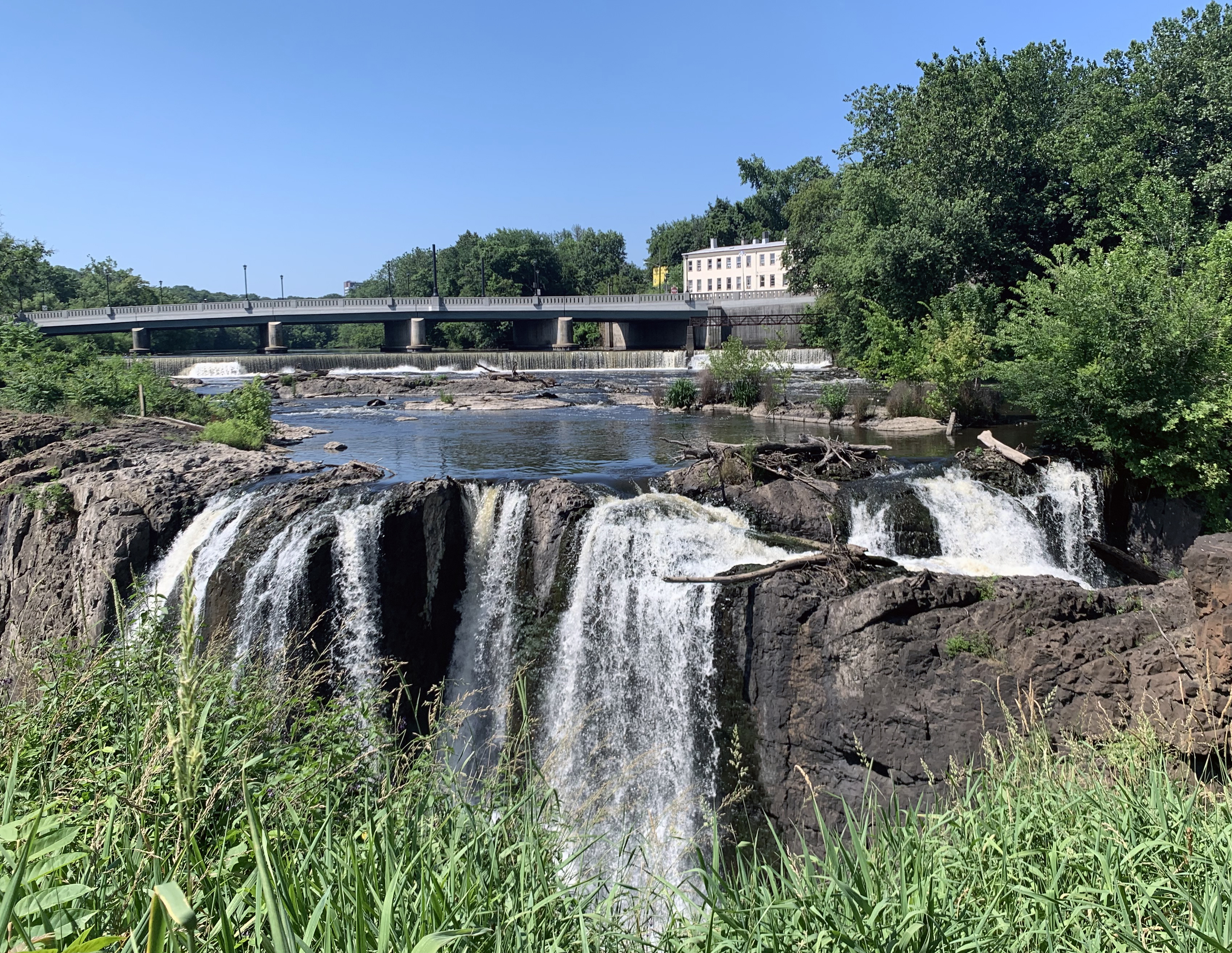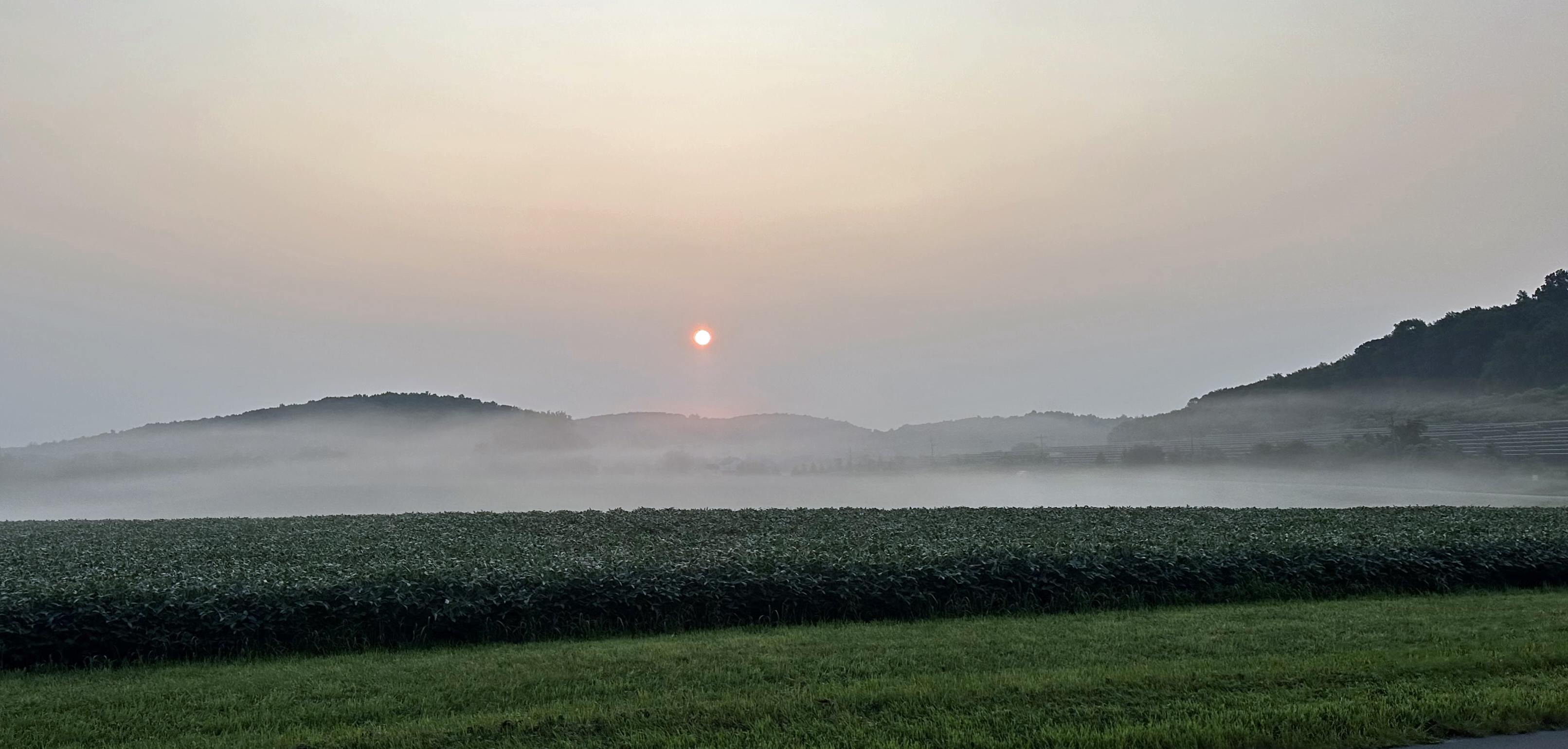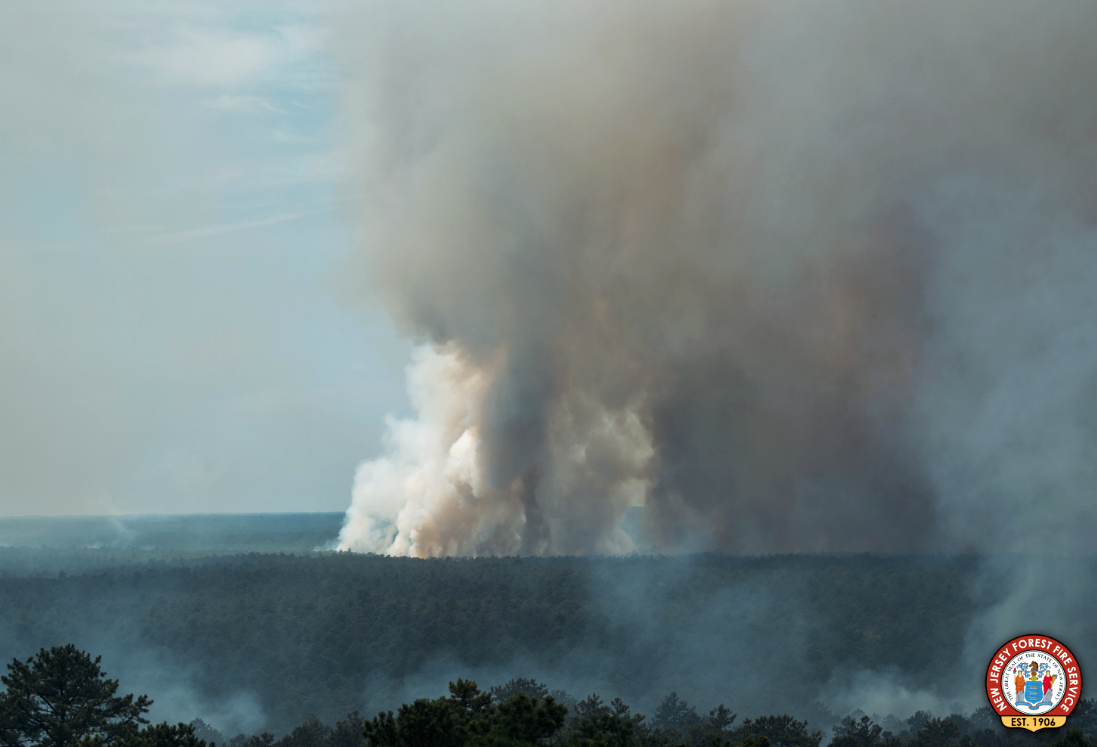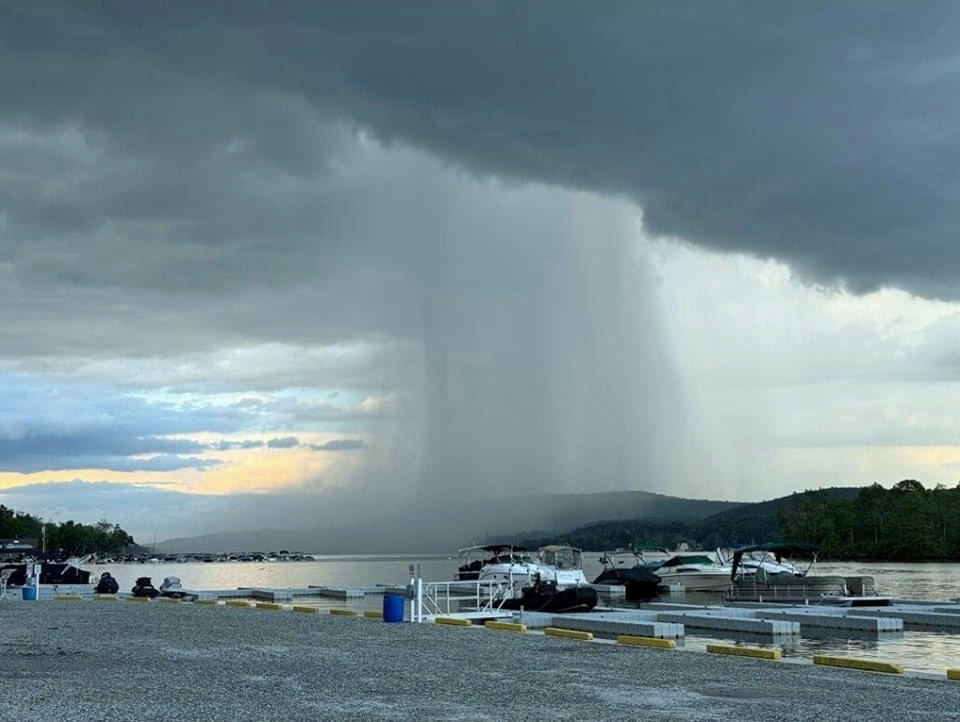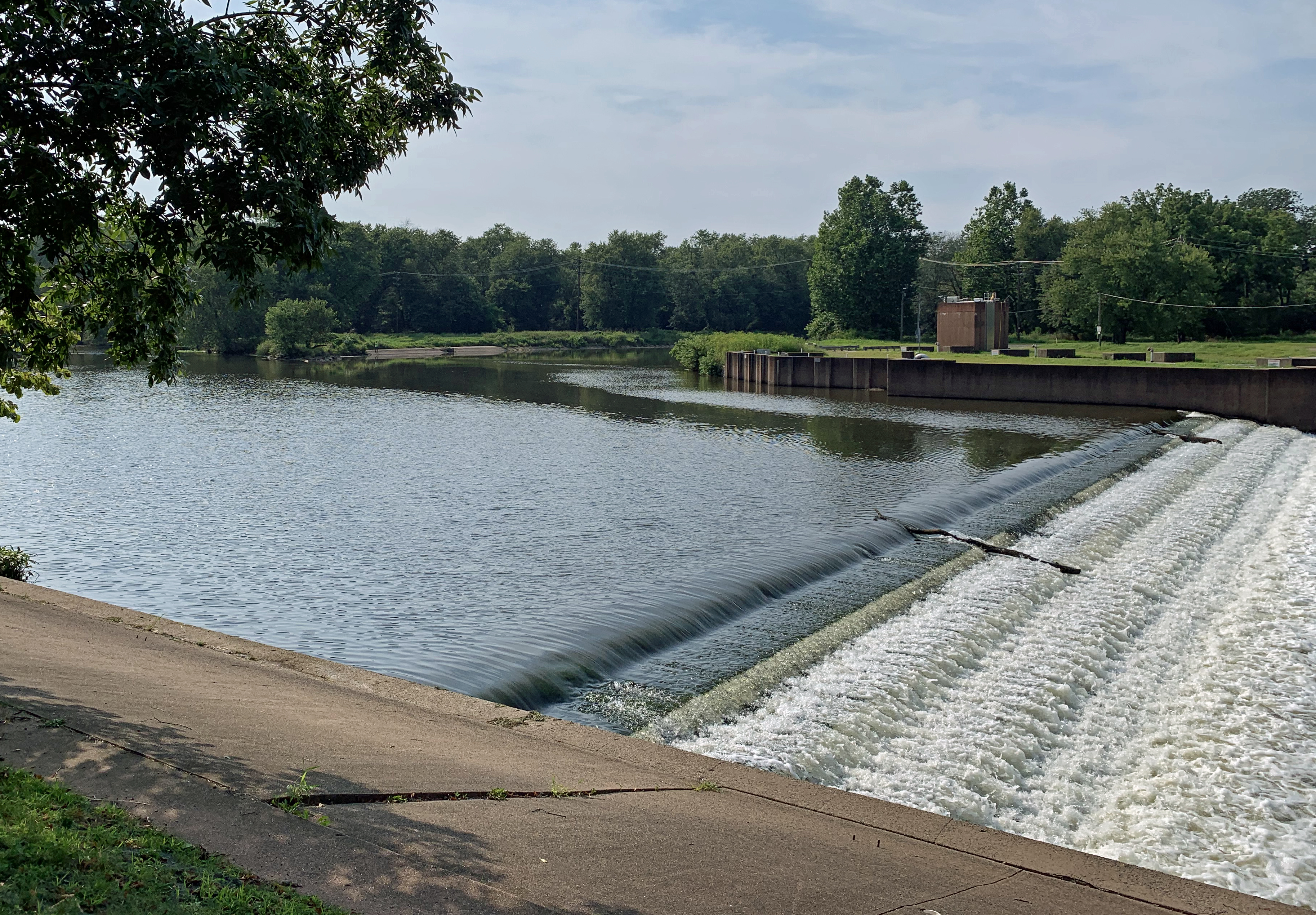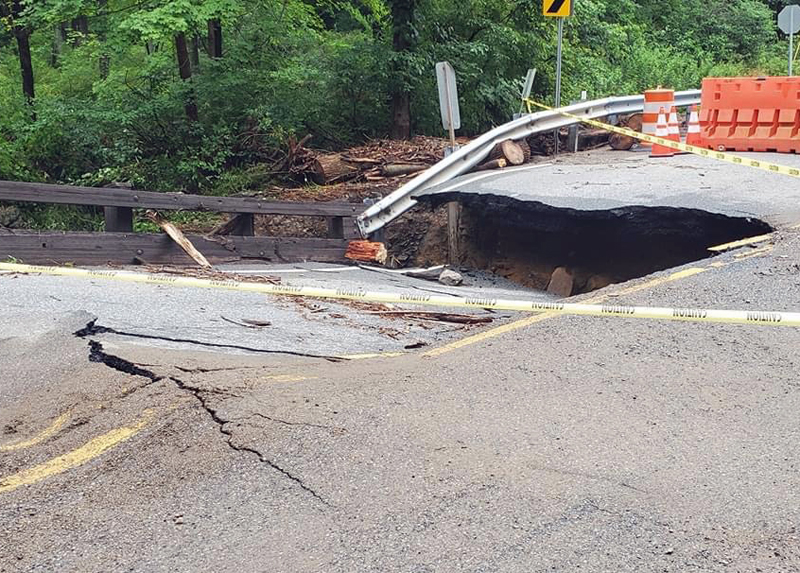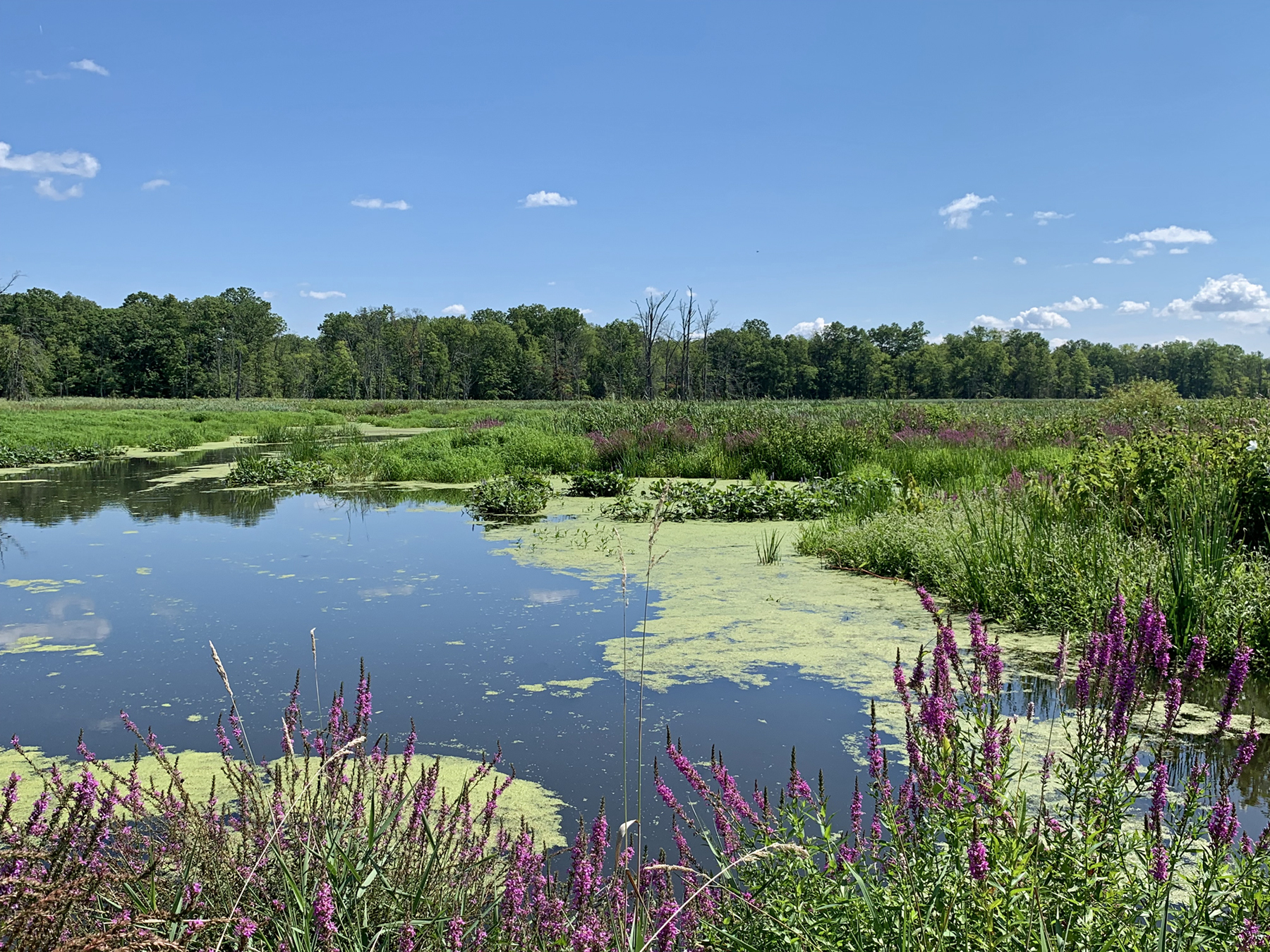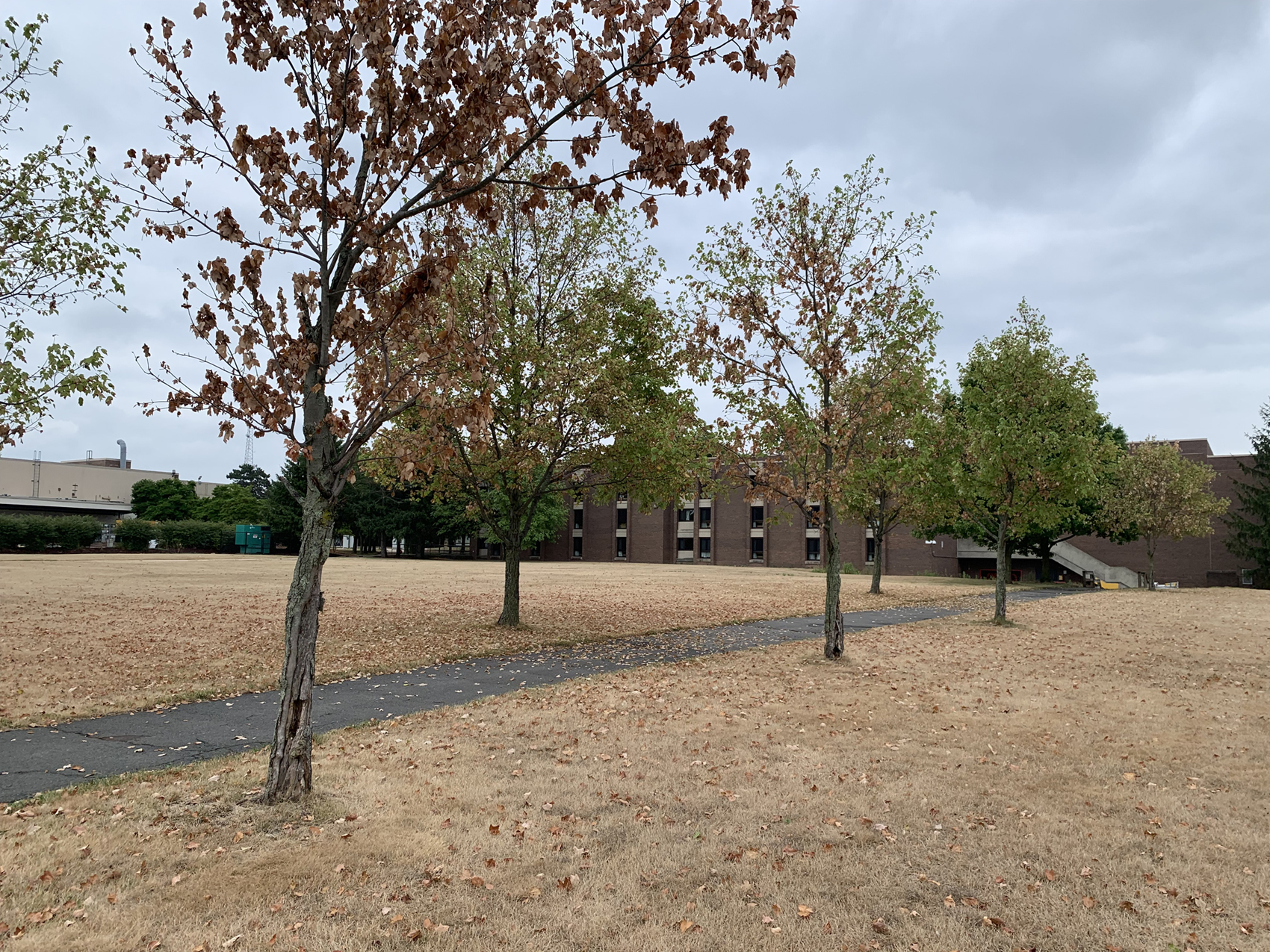Flip Flopping: August and Summer 2025 Recaps
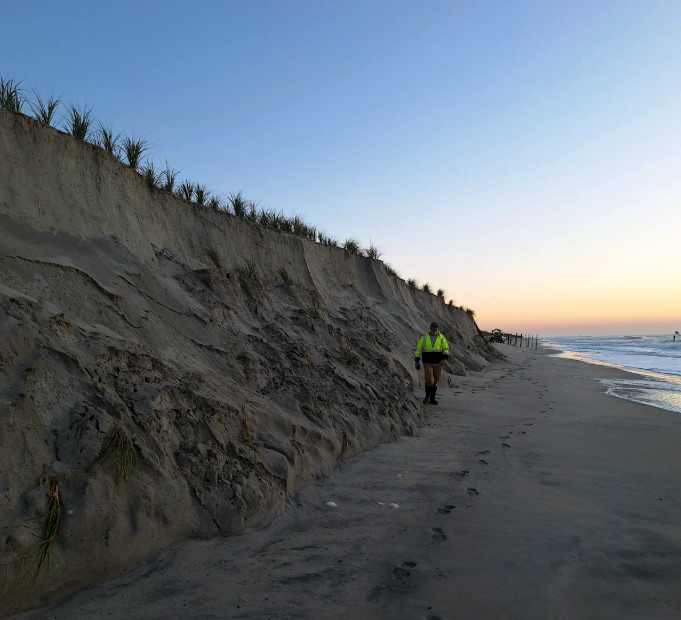
August and summer 2025 weather conditions vacillated between heat with plenty of humidity to cool and quite pleasant. In the mix were also some local extreme storms with damaging impacts, while there were also some extended dry intervals. Flip flopping seems to appropriately sum up this Jersey summer in the weather department. This report first focuses on August conditions across the Garden State, then provides a summary of summer (June–August) conditions.
New Jersey averaged 2.16” for August. This is 2.41” below normal, which ranks 13th driest dating back to 1895. The northern climate division (Hunterdon-Somerset-Union and all counties to their north) averaged 2.22” (-2.34”, 14th driest). The southern division (Mercer-Middlesex-Monmouth and all but immediate coastal areas to the south) came in at 2.14” (-2.43”, 14th driest). The coastal division averaged 2.11” (-2.49”, 16th driest).
August began with a stretch of cooler-than-normal conditions, then warmed for a little over a week before again dropping below normal at month’s end. Overall, the 70.7° statewide monthly average was 2.9° below normal, ranking 37th coolest of the past 131 years. It was the coolest August since 1994. The average high of 81.4° was 2.4° below normal and ranks 39th coolest. The average low of 59.9° was 3.4° below normal and ranks 35th coolest. The northern climate division averaged 69.5° (-2.4°, 45th coolest), the southern 71.4° (-3.2°, 31st coolest), and the coastal 71.5° (-3.2°, 33rd coolest).



